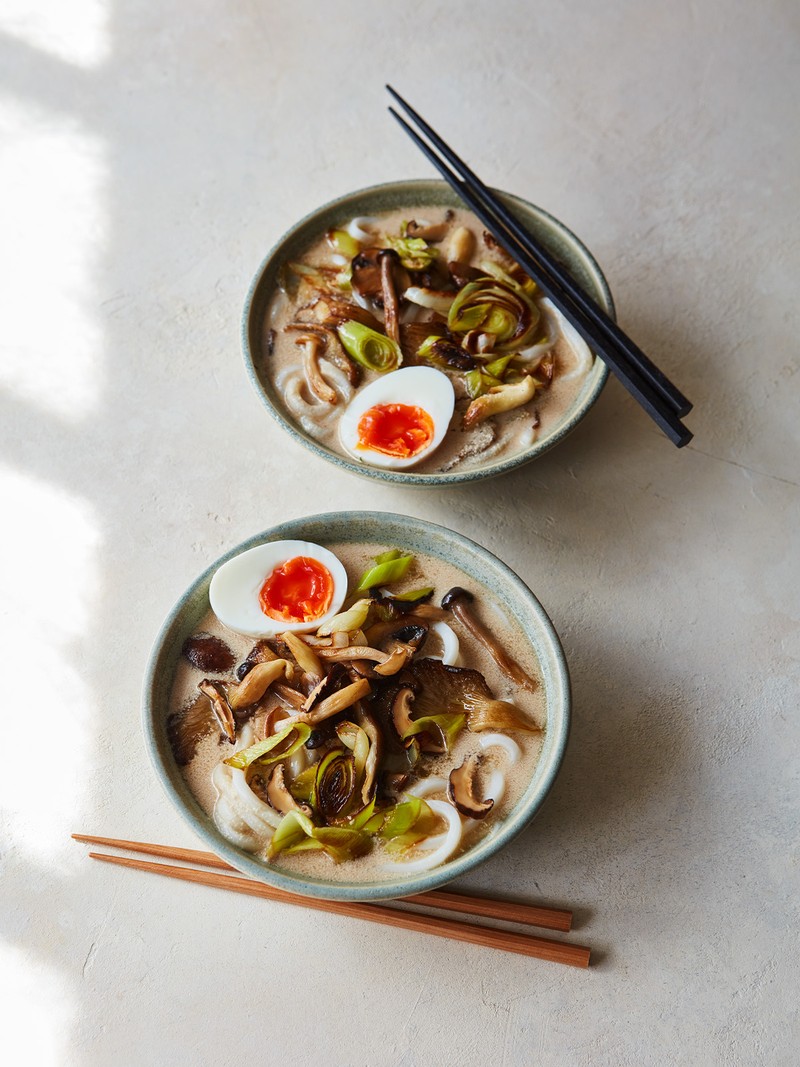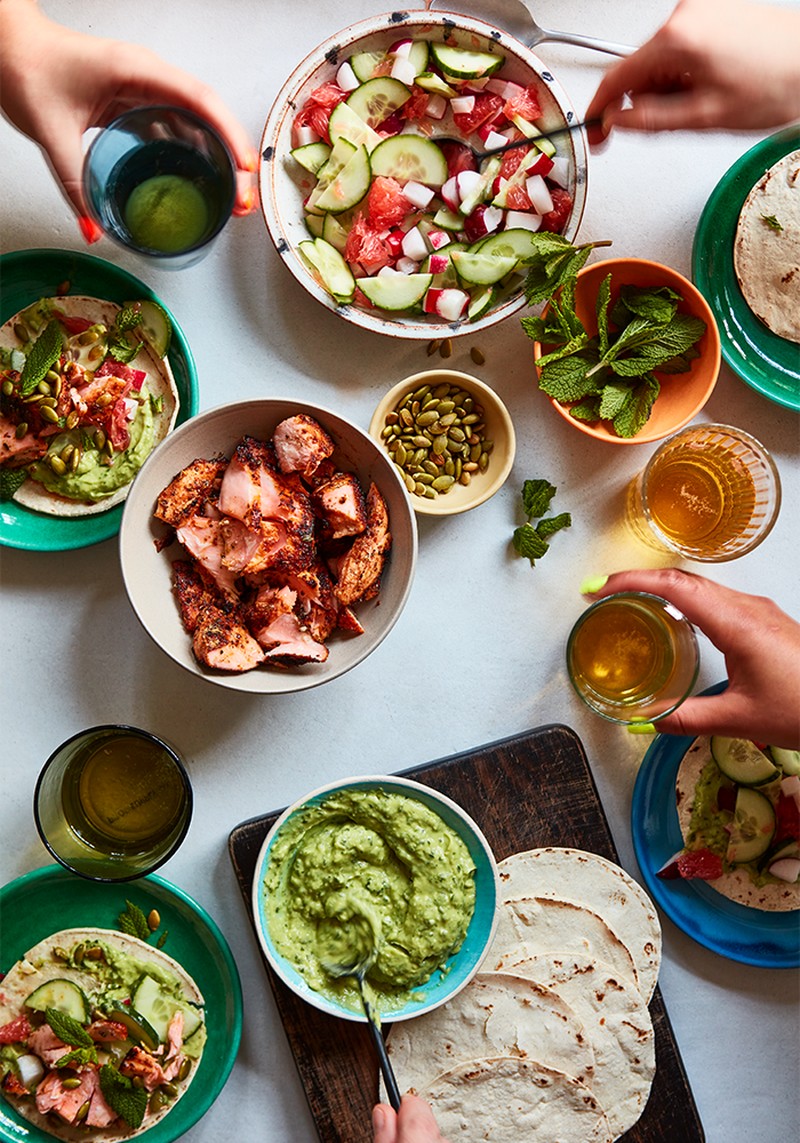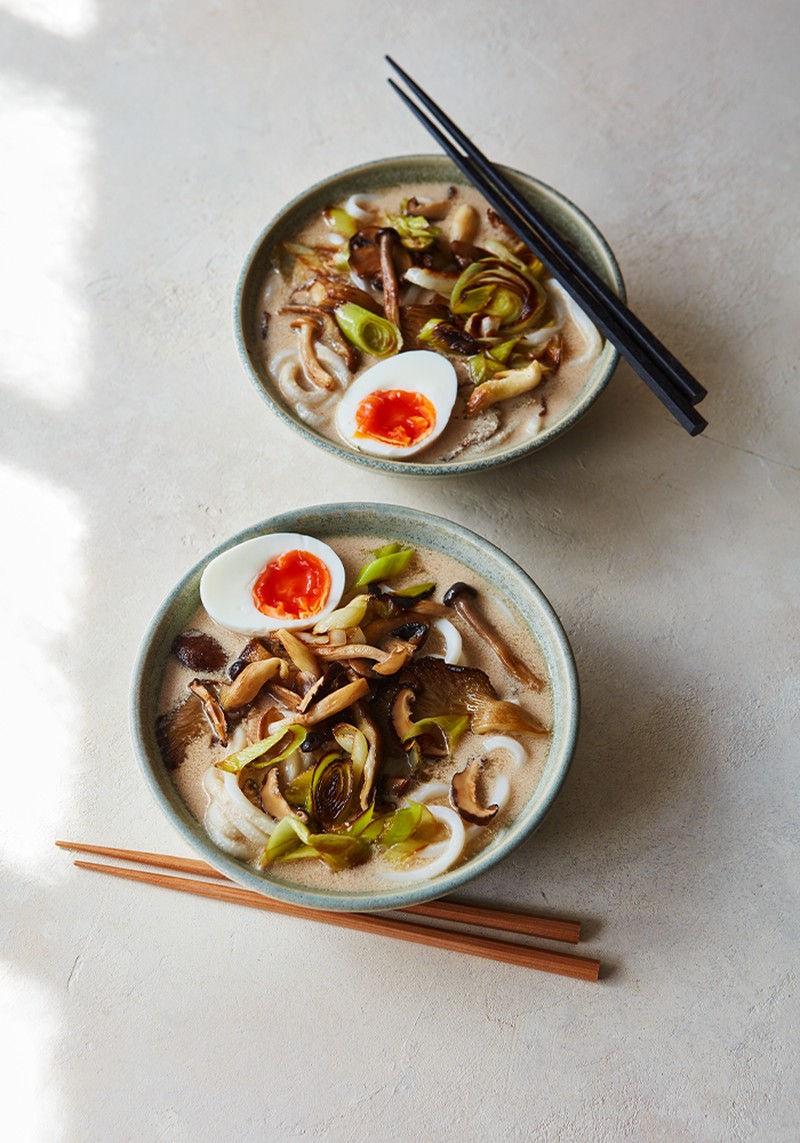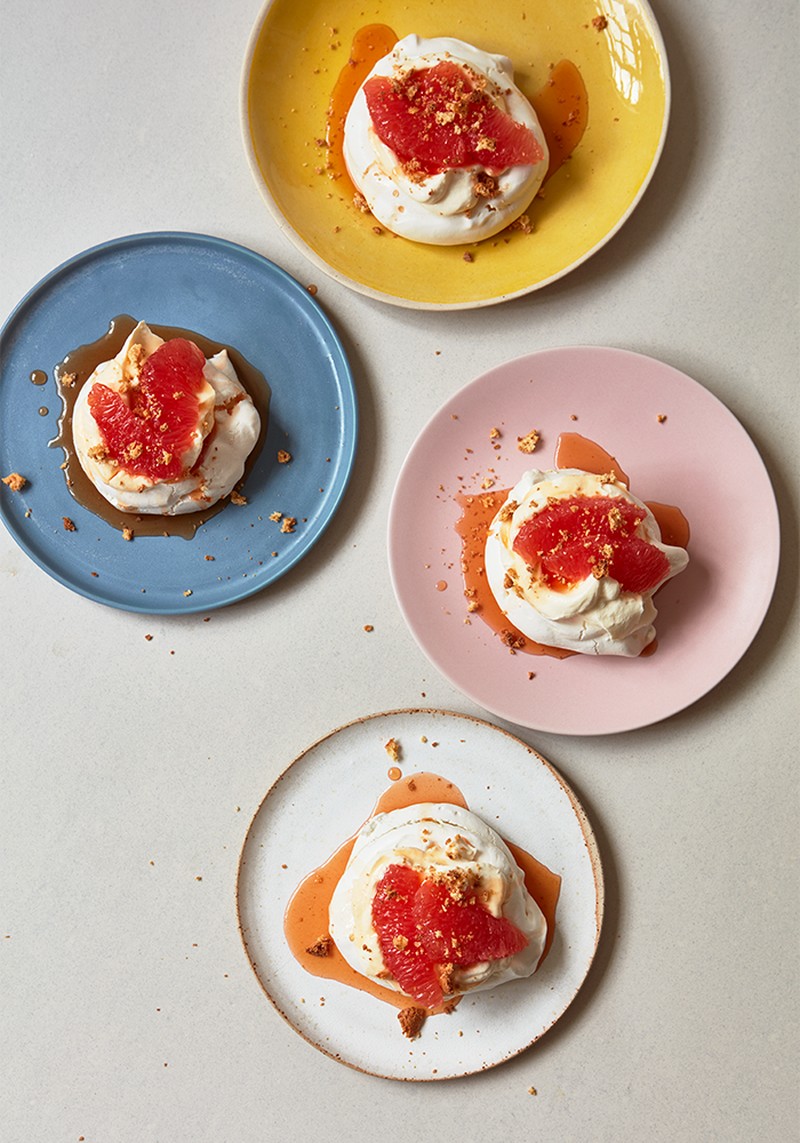3 Autumnal Recipes Worth Trying
Where does your mind go to when I say the word ‘bitter’? Maybe you find yourself wincing – or perhaps your mouth puckers in anticipation. Whether referring to food or emotions, bitterness is broadly considered an undesirable trait. But I feel for bitterness: it’s hard for him to win against his rivals in the world of taste. Sweetness is all butter-wouldn’t-melt, saltiness is powerful, sourness is fun – and umami, well, he’s the popular kid these days. Is it any surprise that bitterness gets picked last?
These days, I often start my day with half a grapefruit and will scoff the odd square of 85% dark chocolate when those afternoon sweet cravings take hold. I like to buy a stick of liquorice from my local deli to chew on while I’m doing my weekend shop. Every winter, I stuff my freezer full of cranberries. Tahini dressing is the one I turn to more than any other. I am also more than partial to a negroni. If bitterness is an acquired taste, then consider it acquired around these parts.
I didn’t repeatedly cook with bitter flavours on MasterChef to challenge people – I did it because I love the complexity, depth, dimension and nuance that bitterness adds to meals. It stimulates the appetite, can boost other flavours, balances out meals that could be considered too fatty or overly sweet – and that’s before we consider all the amazing health-giving properties that innately bitter ingredients hold. We should all be showing bitterness just as much love as we show the other four tastes. And while a contingent of our society might claim to dislike bitterness, some of the most widely popular foods on this planet are characteristically bitter: coffee, cocoa, beer, walnuts… I could go on. In MasterChef judge John Torode’s words: “This is the dangerous world that Alexina likes to live in.” Welcome!
Inspired?
Here are three recipes to try at home…
Salmon Tacos With Grapefruit & Avocado
This is a versatile recipe that’s as perfect for a weeknight dinner as it is for a weekend taco party (simply scale up the quantities). It has a lovely balance of flavours and textures: spice and bitterness from charred salmon and fresh grapefruit, acidity from lime, freshness from cucumber, creaminess from avocado and crunch from radishes.
Preheat the oven to 160°C Fan/180°C/Gas Mark 4. Line a baking tray with foil.
To make the spice rub, toast and grind the cumin seeds, then combine with the paprika, oregano, cayenne and garlic powder, and mix with the salt, maple syrup and oil to form a paste. Lay the salmon fillets on the baking tray and coat with the spice rub (use your hands).
Heat a heavy-based frying pan (skillet) over a high heat until very hot, then add the salmon fillets and sear well on all sides (45-60 seconds per side). Return the salmon fillets to the baking tray. (You may have to do this in batches, depending on the size of your tray – you don’t want to crowd them as this will prevent you getting a good crust on your salmon.)
Transfer the salmon to the oven, cook for 5 minutes, then remove to rest.
For the avocado crema, I find it easiest to use a stick blender. Simply combine the ingredients in a tall container (or jug) and blend until thick and creamy. If using a food processor, use the small bowl: combine the lime juice, salt, coconut cream and boiled water and blend until smooth, then add the rest of the ingredients and blend. Add more lime juice or salt, to taste, or an extra splash of water, if needed, to get the right consistency.
For the grapefruit salsa, combine the ingredients in a small serving bowl and mix gently.
When ready to serve, warm through your tacos, if liked. Then put all the elements in the middle of the table and allow everyone to build their own. To build a taco, I recommend a spoonful of the avocado crema, followed by the salsa, then flakes of salmon. Garnish with mint leaves and a sprinkling of toasted pumpkin seeds.
Tahini Tantanmen Ramen With Crispy Shiitakes
This recipe is inspired by tantanmen ramen – a Japanese take on Sichuan dan dan noodles, with a broth made from soya milk and sesame – but it is by no means authentic. Typically this would have a proper stock as the base and be topped with minced (ground) pork, but I got attached to the idea of a ramen that could be knocked up quickly and that remained vegetarian/vegan. I also wanted to use udon noodles (again, untraditional) because I love their texture: big, fat, slippery, chewy – is there anything more satisfying? This is a perfect lunch or dinner for two, in part because the mushrooms and leeks benefit from not being overcrowded when you cook them. It’s best to use a Middle Eastern brand of tahini for this recipe
For the broth, bring the stock to the boil, add the shiitakes, ginger and kombu (if using) and simmer for 5 minutes, then turn off the heat and leave to steep.
Meanwhile, set a large heavy-based frying pan (skillet) over a medium-high heat and allow to get hot – around 5 minutes. Fish the rehydrated shiitake mushrooms from the broth, remove the stems and thinly slice.
Coat the pan with oil, increase the heat to high, then add the leek and all the mushrooms (including the rehydrated shiitake). Do not move them around much – they will take around 10 minutes to get golden and crispy in places. Add a pinch of salt and a few grinds of pepper about 5-10 minutes into cooking.
Fish out the ginger from the broth and discard, then add the soya milk, tamari, tahini and sesame oil. Bring to a simmer and allow to bubble for 3 minutes, then check the seasoning and add more tamari if desired. Add the udon noodles and take the pan off the heat, allowing them to warm through in the broth.
To plate, use tongs to divide the noodles between two bowls, then ladle over the broth. Top each bowl with half of the crispy mushroom and leek mixture, then add two halves of the soft-boiled eggs (if using). Drizzle each bowl with half a tablespoon of the peanut chilli rayu and garnish with the spring onions.
Individual Negroni Pavlovas
This dessert is an evolution of one I cooked on MasterChef (but this time designed to be less of a faff and easier to get right!). The elements and flavours of the original dessert have been reborn here as a pavlova, which is always a crowd-pleaser. Truthfully, I’ve never been a fan of meringue – I find it a blandly sweet concoction that needs the oomph of something sour or bitter to counteract the sweetness. Grapefruit bolstered with Campari and a gin-spiked cream places the flavour profile in the realm of a negroni – that intensely bitter cocktail that people either love or hate. It is a perfect example of bitter on bitter (grapefruit, Campari, gin), soothed with cream and (slightly) offset by sweetness. The meringues can be baked the night before and left in the oven overnight.
Preheat the oven to 120°C Fan/140°C/Gas Mark 1 and line a baking tray with greaseproof paper or a silicone baking mat.
To make the meringue, place the egg whites in a scrupulously clean bowl and whisk until soft peaks are achieved. Gradually add the sugar, a spoonful at a time, whisking well to incorporate between each addition. You should end up with a stiff, glossy, white meringue. Add the lemon juice and whisk again, adding another spoonful of sugar if you feel that the mixture has softened a little too much. At the very last minute, fold the grapefruit zest through the meringue and then create 6-8 individual meringue nests on the prepared baking tray. I find it easiest to scoop out the meringue using an ice-cream scoop, then use the back of a spoon to spread out the meringue a little and create little craters in the middle.
Bake the meringues for 40 minutes, turning the oven down to 100°C Fan/120°C/250°F/Gas Mark ½ after the first 10 minutes. Once cooked, turn off the oven and leave the meringues to cool in there for at least 2½ hours, or overnight.
For the grapefruit and Campari caramel, put the sugar, water, star anise and coriander seeds in a heavy-based pan and set over a medium heat. Cook gently, tipping the pan every so often, until the sugar has dissolved. Turn the heat up so that the sugar starts to caramelise. Do not step away from the pan. Take the sugar to a stage where it is a deep golden brown, then stir in the citrus juices and Campari. The caramel will seize when you do this, but do not panic, just allow the heat to melt the caramel back down. When it’s smooth and glossy again, boil it for another 30 seconds, then remove from the heat, strain out the spices and leave to cool completely.
Just ahead of assembling the pavlovas, make the gin-spiked cream. In a large bowl, add the icing sugar and a pinch of salt to the double cream and whip until thickened but not quite holding. Gently fold in the sour cream, followed by the gin.
Slice half of the grapefruit segments for the topping into smaller pieces.
An hour before you want to serve, partially assemble the pavlovas. Add a spoonful of the caramel along with some of the chopped grapefruit into the base of each pavlova. Add a generous dollop of the gin cream on top, flatten out slightly with the back of a spoon, then set aside. Just before serving, drizzle over more grapefruit caramel, top with 2-3 grapefruit segments, then crumble the amaretti biscuits over the top (if using).
Visit Amazon.co.uk
DISCLAIMER: We endeavour to always credit the correct original source of every image we use. If you think a credit may be incorrect, please contact us at info@sheerluxe.com.





